Power Meter Buyer’s Guide - Which power meter suits you best?
Using a power meter, you can determine exactly what wattage you’re producing when cycling. This number says much more about your fitness, your daily shape and your overall shape than your heart rate could. Nearly all professionals use a power meter to determine their wattage during cycling. As with all bike parts, there’s multiple manufacturers, all with their pros and cons. We made an overview for various power meters, allowing you to decide which one suits you best.
Up until a few years ago, a power meter was not at all affordable. But, as with all new technologies, it’s been getting much cheaper. Still, a power meter is not an insignificant investment.
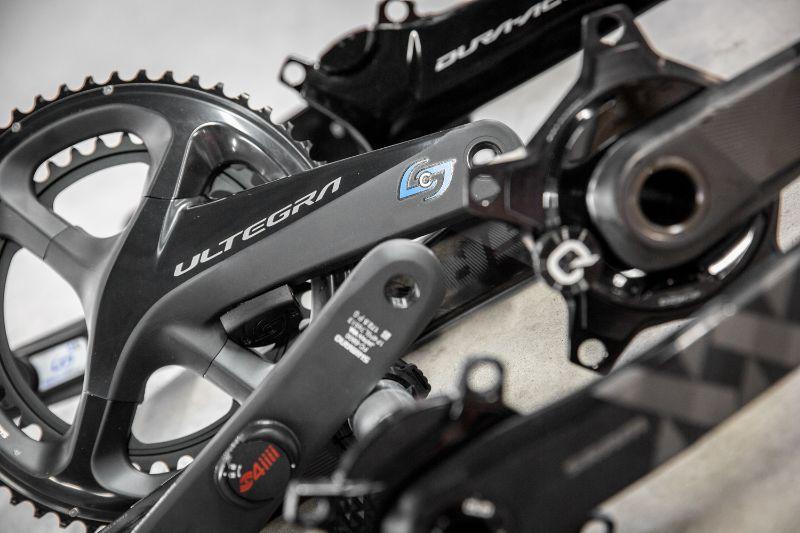
Many road cyclists who are taking their training seriously and are trying to improve, think it’s worth the investment though. This is for the simple reason that training with a power meter allows you to determine your FTP very accurately. Knowing your limits in that regard enables you to train better and more efficiently.
How does a power meter work?
Generally, all power meters for bikes function in the same fashion. It makes no difference if the power meter is located in your pedals, your axle or the crank arm. They all work using a metal strip that slightly distorts due to the force you exert during cycling.
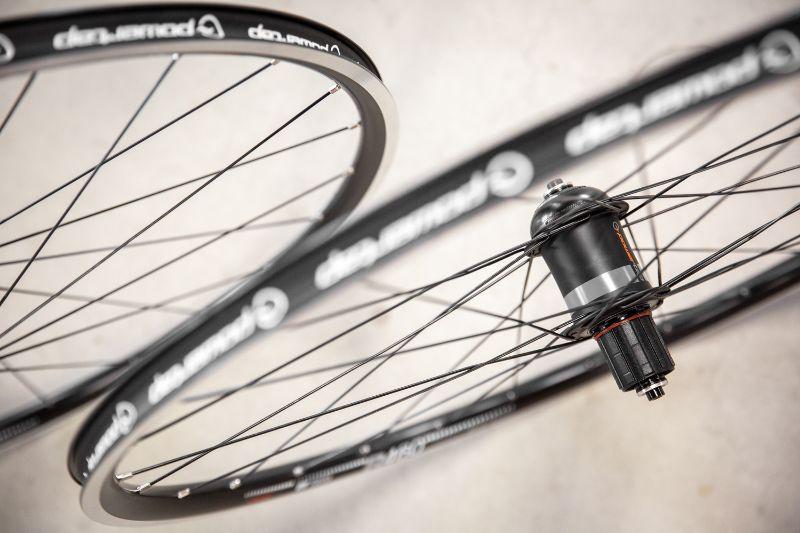
This distortion is measured very precisely. From there, the power meter can determine exactly how much watt is required to cause the level of distortion.
You’d think that all power meters have the same level of accuracy. But that’s not entirely true. Every type of power meter has its upsides and downsides. First of all, it’s important to decide if you want a single-sided or double-sided power meter.
Single-sided or double-sided power meter?
It goes without saying that a double-sided power meter measures more accurately than a single-sided power meter. It should come as no surprise then, that a double-sided power meter is more expensive.
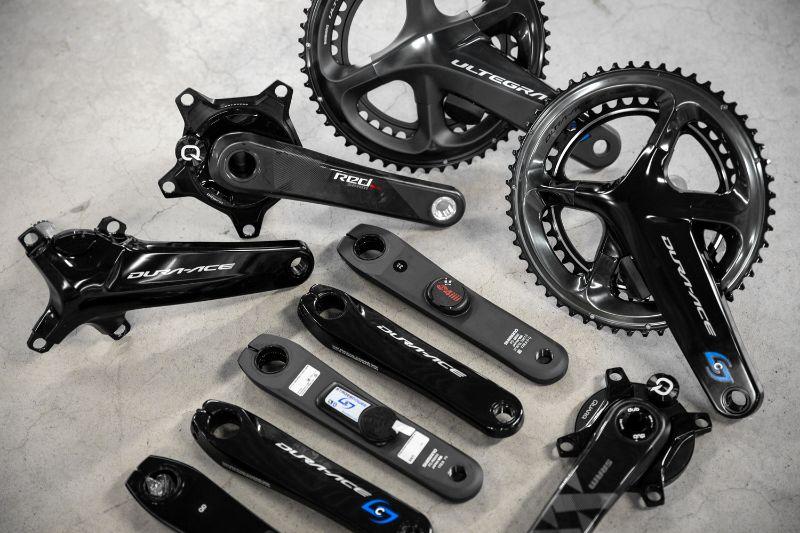
The advantage of a double-sided power meter is not just its increased accuracy, you can also see the difference in power output between your right and left leg. You’d even be able to train your weaker leg if the difference is larger than you’d like.
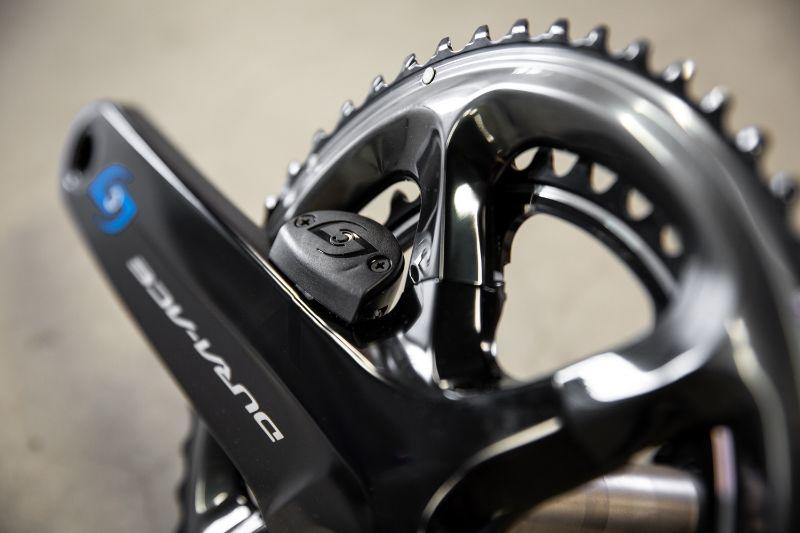
It’s important to decide what’s important to you: a double-sided and accurate, but more expensive power meter; or a less accurate and cheaper power meter.
Where to place your power meter?
Crank arm power meters
Power meters in crank arms are by far the largest group. Some brands offer double-sided versions, but not all brands have this option.
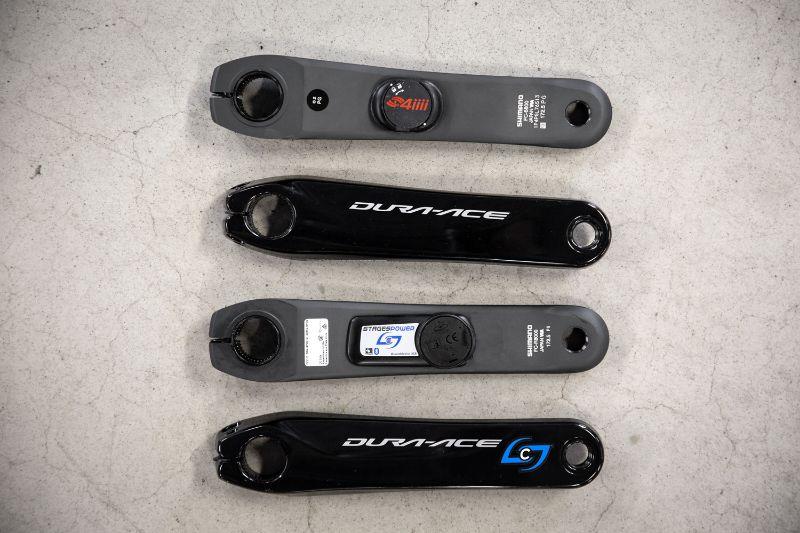
Crank arm power meters are relatively cheap. Mounting the is quite easy, especially if you opt for a single-sided power meter. But compared to other power meters, that single-sided power meter is a bit less precise.
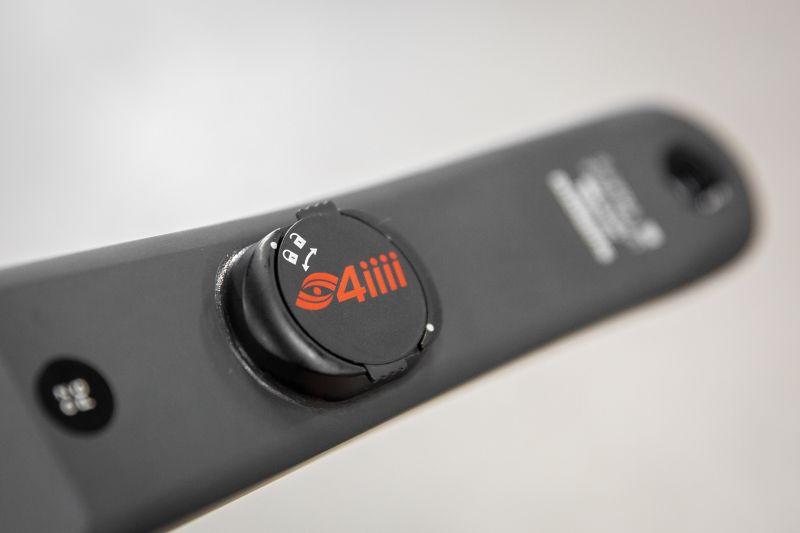
This inaccuracy is the result of the power meter only measuring the power output of one leg. This value is doubled to show your full wattage. The subtle - or less subtle - difference in power output isn’t registered.
The metal strip that measures your wattage is in the crank arm. The advantage of this is that your crank arm is practically wear-proof and your power meter could theoretically last an eternity.
Pedal power meters
A power meter in pedals isn’t as popular as you’d think. It is, however, a very accurate way to measure your power output.
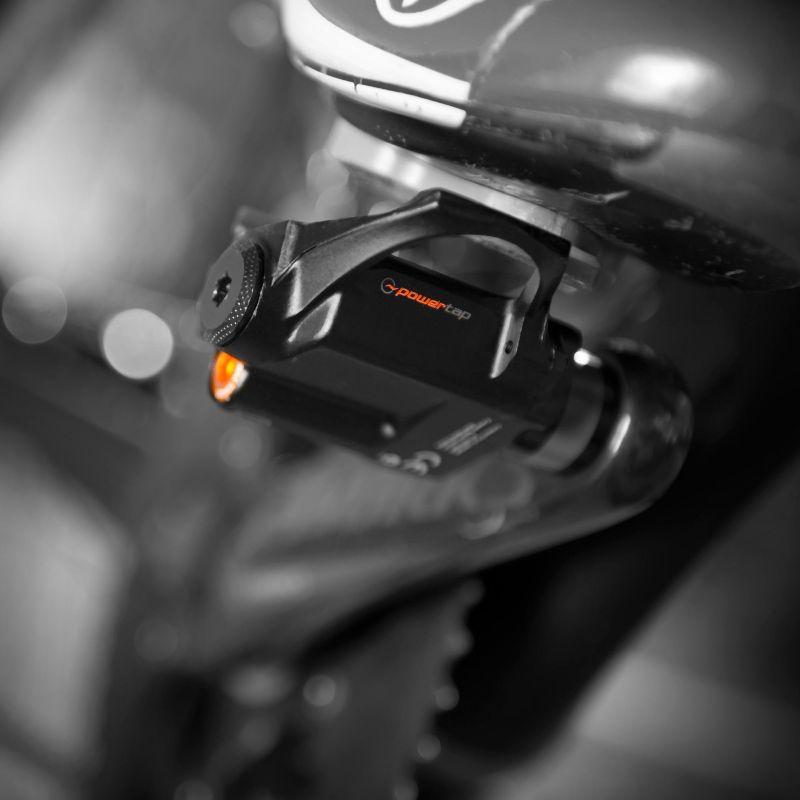
Power meters for pedals are relatively cheap and easy to mount. Unfortunately, pedals do deteriorate quicker. On top of that, you’re limited to a certain type of pedal, since it needs to be suitable for your cleats.
Pedals with power meters have a limited range of click-on systems. That means they aren’t available in all versions, brands and cleats.
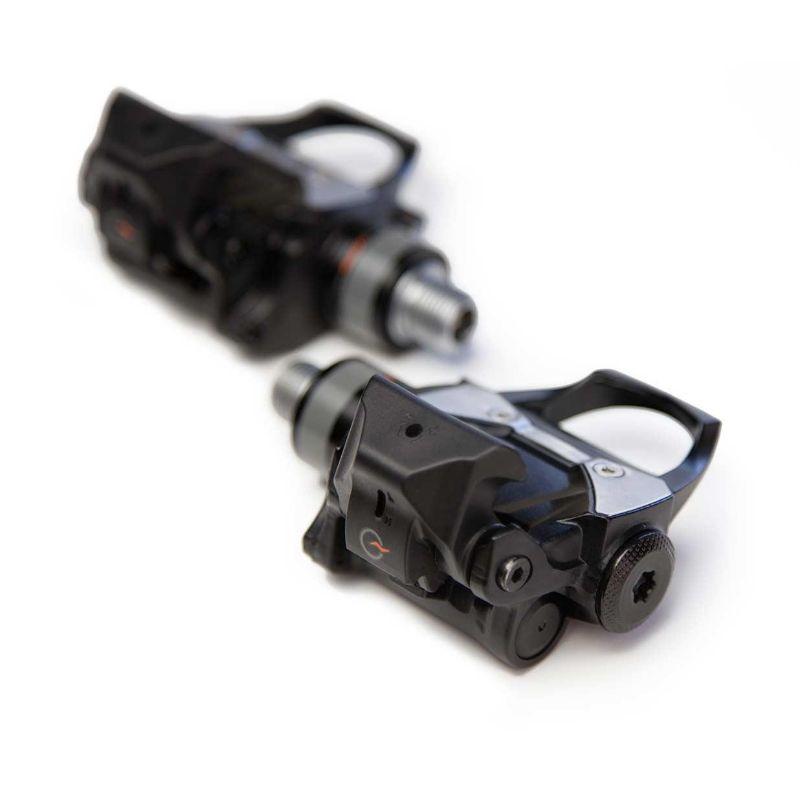
Lastly, you can also adjust your stack height. That means you raise your saddle a little higher than you’re used to. Beforehand, make sure you measure your saddle height relative to the top of your current pedal. That way, you can be sure your stack is correct again after mounting the new pedals.
Spider power meters
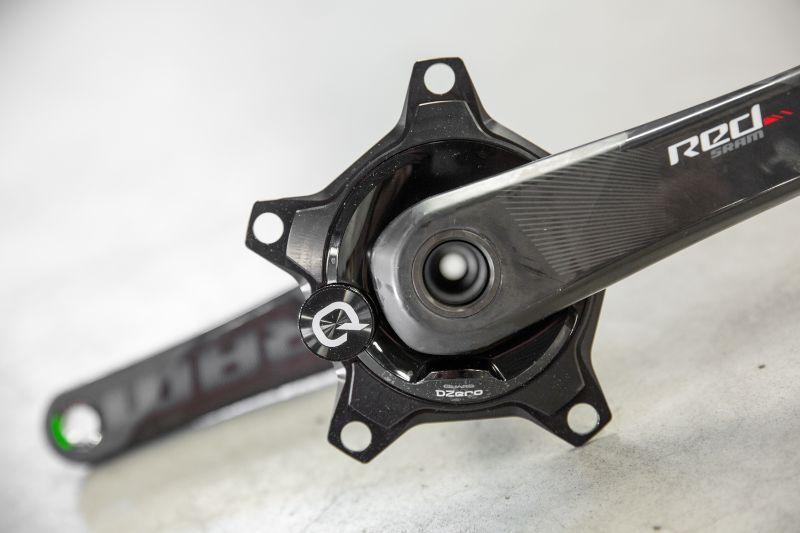
A power meter in your crank arm’s spider seems not that different from a power meter in your crank arm itself. Still, the spider is a better spot to measure your power output. You’ll get a more accurate measurement this way. An added benefit is that you could measure on both sides in the spider. That’s not necessarily possible with every power meter mounted in the spider however.
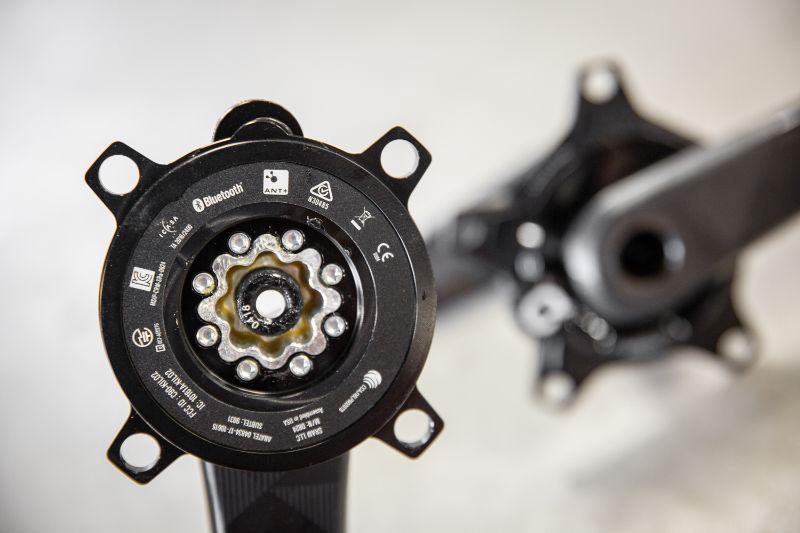
Mounting a power meter in your spider takes a bit more effort than mounting a power meter in your crank arm. It’s still a relatively easy job though.
Hub power meters
The last spot that can hold a power meter is the rear wheel hub. You can choose between a ready-made wheel, or a separate hub to which you attach the spokes yourself.
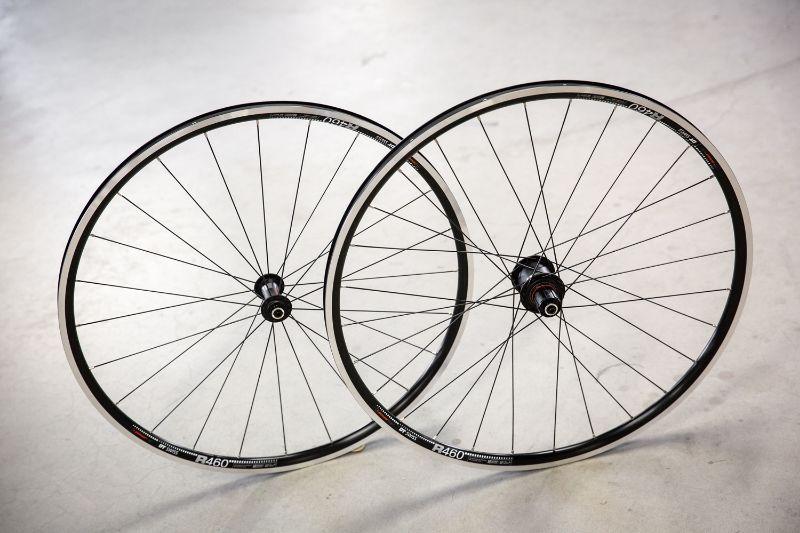
That hub can be combined with only a limited amount of spoke patterns. If you have a deviating spoke pattern, this type of power meter won’t be very suitable for you.

Mounting a separate wheel is a piece of cake. Are you starting from scratch with a separate hub? Then it can be quite a chore getting everything right.

Once it’s assembled, it’s easily interchangeable between bikes. That can be quite useful too.
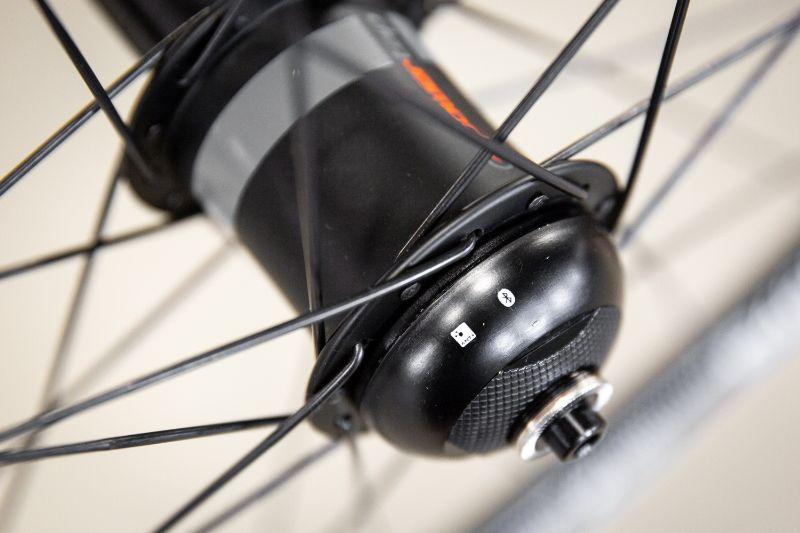
Power measurement in the hub is very accurate, because there’s plenty of space in the hub for a long metal strip to measure the distortion with. And since the power meter is concealed safely in the hub, it’s very robust as well.
What do I need, apart from a power meter?
To read out the measured data from your power meter, you’ll of course need a cycling computer. But not every cycling computer can read out all types of sensors. Make sure your cycling computer can display wattage.
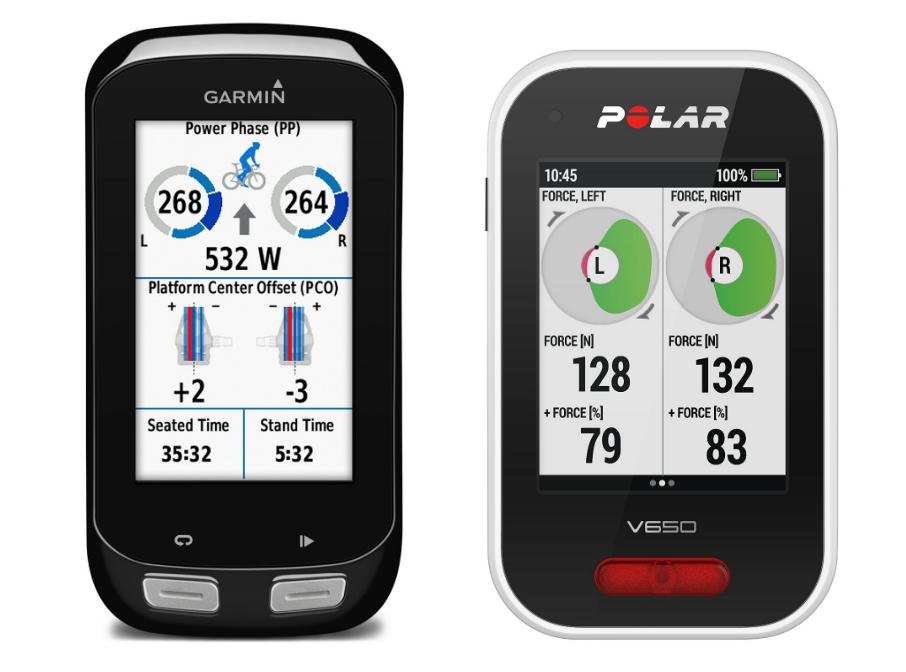
In addition, it’s important that your power meter transfers your power meter data through a signal that’s compatible with your cycling computer. Many power meters use Bluetooth and/or ANT+. ANT+ is very common and is used in many cycling electronics.
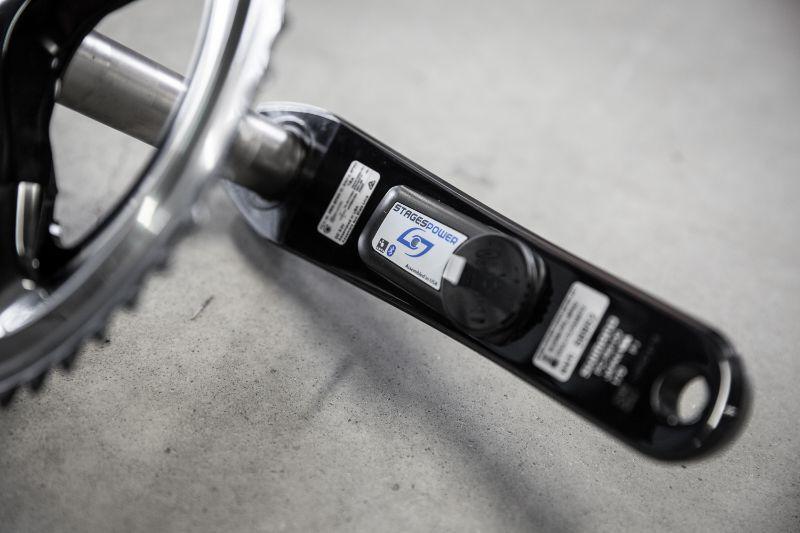
Only the latest Garmin cycling computers have a Bluetooth receiver. If you own a Garmin, make sure if you need an ANT+ compatible power meter. We listed the pros and cons of the different types of power meters below.
What are the differences between power meters?
| Power meter location | Price | Accuracy | Assembly | Exchangeable |
| Crank arm | ||||
| Pedal | ||||
| Spider | ||||
| Hub |
Mees Janssen
I am very occupied with everything that has to do with cycling in my spare time. The fact that I get to do this during my job as well makes it all the more special. Since I live in Arnhem, I like to go cycling in my “backyard” (de Posbank) with my road bike or mountain bike. Besides cycling myself, I also love to watch professional cycling on the tv. My television is doing overtime during the summer, because I like to follow all the big cycling tours like the Giro, the Tour de France and the Vuelta. It may come as no surprise that when the Giro d´Italia crossed Arnhem in 2016, I was over the moon!
Related posts

Winter shoes for cycling on chilly, cold and ice cold days [Buyer’s Guide]
13 December 2022You demand more from your cycling shoes during winter. Few things are as uncomfortable as riding with cold feet ...
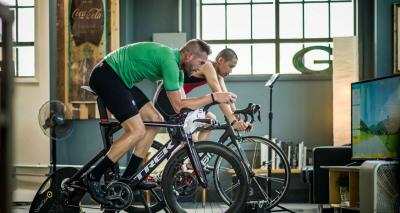
Turbo Trainers 2018-2019 - Which Trainer Best Suits Your Needs? [Buyer’s Guide]
13 October 2022Want to cycle with and against fellow cyclists using a turbo trainer at home? Thanks to the rise of Zwift that’s ...

Bike Lights Buyer’s Guide 2022-23: Be safe on the road!
27 September 2022Having bike lights might be the easiest and most important way to be safe whilst cycling ...
 Nederland
Nederland België
België Deutschland
Deutschland United Kingdom
United Kingdom Finland
Finland Ireland
Ireland Luxembourg
Luxembourg Portugal
Portugal Poland
Poland Österreich
Österreich France
France España
España Italia
Italia Sverige
Sverige Danmark
Danmark










































































































































































































































